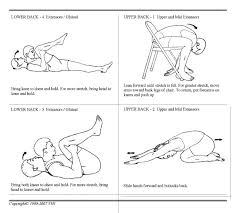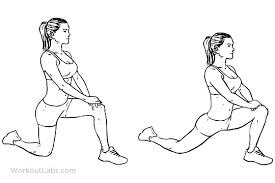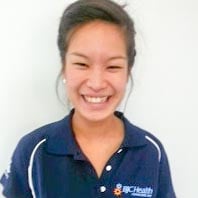One of our recent blogs discussed what types of exercise are safe for those with Ankylosing Spondylitis. If you missed out, click here to read more.
As mentioned in our earlier blog, stretching or mobility exercises are an integral part of management of Anklyosing Spondylitis. This is applicable to any stage of the condition, be it for a new diagnosed twenty one year old whose inflammatory back pain has stopped him/her from playing soccer or if they are at late stage AS and have segments of fused spine. Regardless of the stage of the disease, stretching or mobility exercises need to be done daily or better yet few times a day, to keep the muscles and joints of the spine and hip gliding as well as possible. Of course this is a good rule of thumb for the general population, but it is even more important for those with AS as one of the main aims is the prevention of worsening stiffness (ankylosis).
So what are the best stretches to do for someone with ankylosing spondylitis?
Stretches should aim to target all three parts of the spine, the neck, upper back and lower back or if you want to get technical, the cervical, thoracic and lumbar spine. The spine moves in multiple directions, this includes forward, backwards, leaning sideways and turning otherwise known as flexion, extension, lateral flexion and rotation. Stretches or mobility exercises into all these directions must be included in a daily routine. For someone that has been newly diagnosed with AS or if they are in the late stage of the condition, stretches moving the spine in one direction at a time are the safest.
Read More: Flexibility and Mobility.. not such a 'stretch' to achieve!
Here are a few of the most common spinal stretches I prescribe for someone with AS:

There are a few quick things to consider when stretching with AS. If the condition is active, or in other words there is spinal pain and stiffness, it is important to keep the stretches gentle and to avoid pushing into pain. It is not the case of no pain no gain when exercising with active AS.
For those with AS that have significant spinal restriction or fusion, a key point to remember is that the head needs to be well supported when he or she is lying on their back. Movements into neck and back extension should also be avoided. This will help prevent injury or fractures that can occur between joints that are and are not fused.
Advanced spinal stretches will combine a few movement directions. These exercises can be great when acute symptoms are in remission as they can be customised to suit your sport or activity of choice. Before progressing to more advanced stretches, it’s best to check with your treating health professional.
After targeting the back, it is also important not to neglect the hips when aiming to find the right stretches. The reason for this is that the AS population tend to experience sacroilliac pain and inflammation. This can develop stiffness around the region due to associated muscle tightness. Just like the back, the hips move in multiple directions and picking the right exercise will depend on how active the inflammation is and how much the condition has progressed. Here is a hip stretch that I commonly use with the AS population:

There are many simple and advanced spinal and hip stretches out there. They are all aimed at helping to improve or maintain movement at the targeted area by improving joint and soft tissue glide. This is very important for those with AS in order to minimise the effects of the condition so they are able to keep doing what they want, for as long as they can. The best way to achieve this is to incorporate stretches or mobility exercises into a daily programme for the long term and to keep it up, even when symptoms and stiffness are minimal or in remission. Picking stretches that easily fit into your daily routine or using the environment around will help achieve this. For example, picking stretches to do when using a table or chair make it easy to exercise whilst at work; or watching Netflix at the end of the day.
Seeing people with AS and prescribing suitable exercises that a safe and effective is something the physio and EP team do everyday. If you need some help why not contact us.



